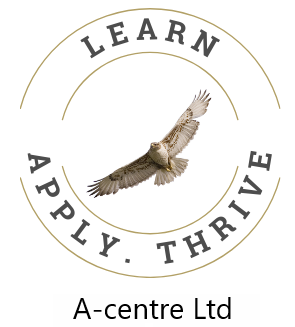
“Hi Sab, we need to get approval from leadership on our project by next week. I am going to be away so could you please prepare a slide deck and present it out early next week? Thanks”
When I saw this message in my inbox my first reaction was “heck! I have never presented directly to leadership and its next week!!! Now I am struck with anxiety.
I am sure this happens to many of us if not all. The entire end to end process right from creating slides to dealing with Q&As seemed to be a daunting task. This is just one situation but generally true be it a month end review, a sales pitch or a workshop.
Let’s look at these 10 guiding points
1. The purpose. Why are you presenting? Are you informing or selling or inspiring your audience? As purpose vary so would the tone of the presentation
2. KYA. With so many businesses using the term KYC (know your customers), on similar lines, I would say Know Your Audience (KYA). If it’s the leadership you need to be oriented to “Value”, “benefits of doing something” or “high level view”. If it’s the transactional team and managers, it needs be more detailed.
3. Structure. Imagine creating a blank document and staring at it. Write something. Start with a title page. Thought process needs to start cranking up. Phew! With something there think of how a story goes…start, middle and end create next three slides on the same guidelines. It could be “Overview”, “Our achievements” and “Next steps”.
4. Content is king. Be conscious of researching and presenting high quality information that is relevant to the purpose. Accuracy! Accuracy! Accuracy! Your audience will lose confidence on anything inaccurate or information that does not have reliable references. There after it’s a lost battle.
5. Visuals. Use pictures, models, icons instead of long sentences. Presentations slides need to be crisp and sharp. Your purpose is to talk through the points and not just read them out from slides.
6. The message. Every slide should tell something. Keep reviewing and ask yourself” What is this slide telling us?” If it’s not, then you need to review the slide and the content.
7. Small is beautiful. Try being an audience, attending a presentation. Somewhere you have seen that there are 99 slides to be presented. What are your thoughts? Death by PowerPoint? In contrast the slide deck had only 3 slides. Now what are your thoughts. On similar lines try make your presentations short and clear.
8. Engage your audience. Use anecdotes, examples, humour (be careful). Ask questions. Make eye contact.
9. Help I don’t know your question! What if you don’t know the answer to a question asked? Everyone understands that you will not know all but show them that you will answer at a later point. I love “Parking lots”. Let put your question in the parking lot and I will answer it shortly.
10. Time Management. This is critical. While presenting keep being conscious of time. Overshooting time is not viewed well no matter how well you have presented. My suggestion is to put great emphasis on the “agenda” slide right at the beginning of your presentation and plan it well. If you feel the Q&A is stretching to the point beyond the allocated time, be frank and ask the audience to submit their queries and you will answer them promptly after the session.
Remember, no presentation content is correct on the first go. It needs few iterations before its “presentable”. I have always found it useful to get feedback from others when reviewing the content. No matter how much you read about presenting like a “pro” it’s the act of doing it and proving it through your demonstrated abilities.


Comments ()